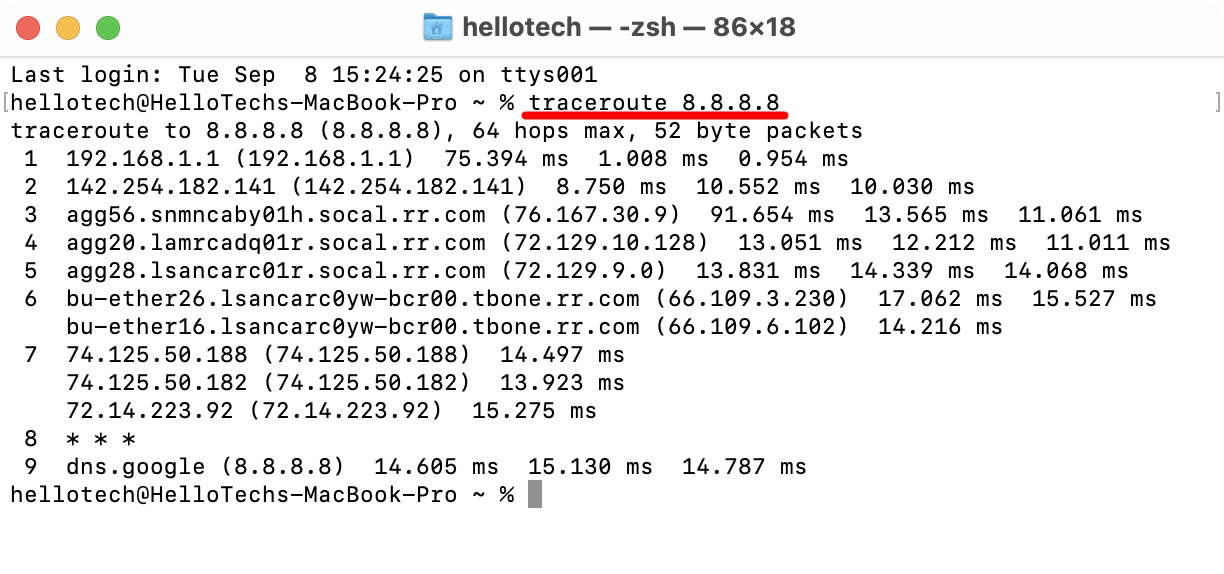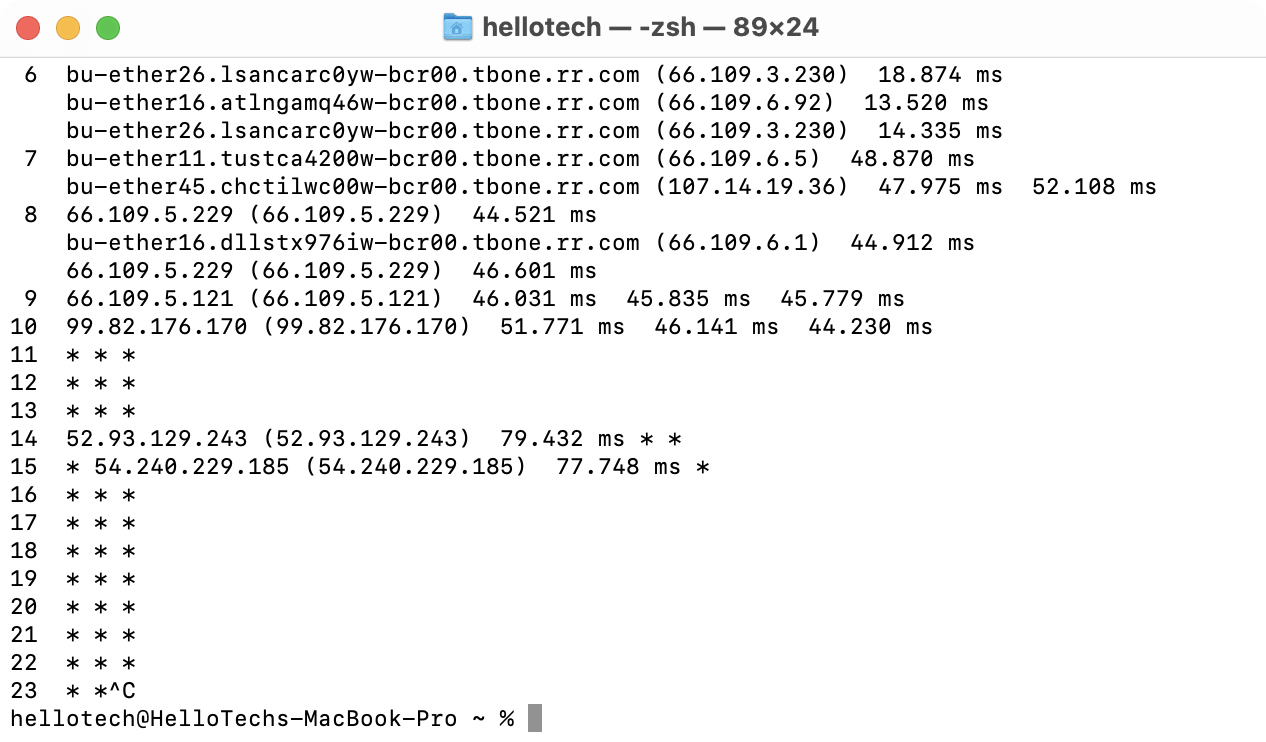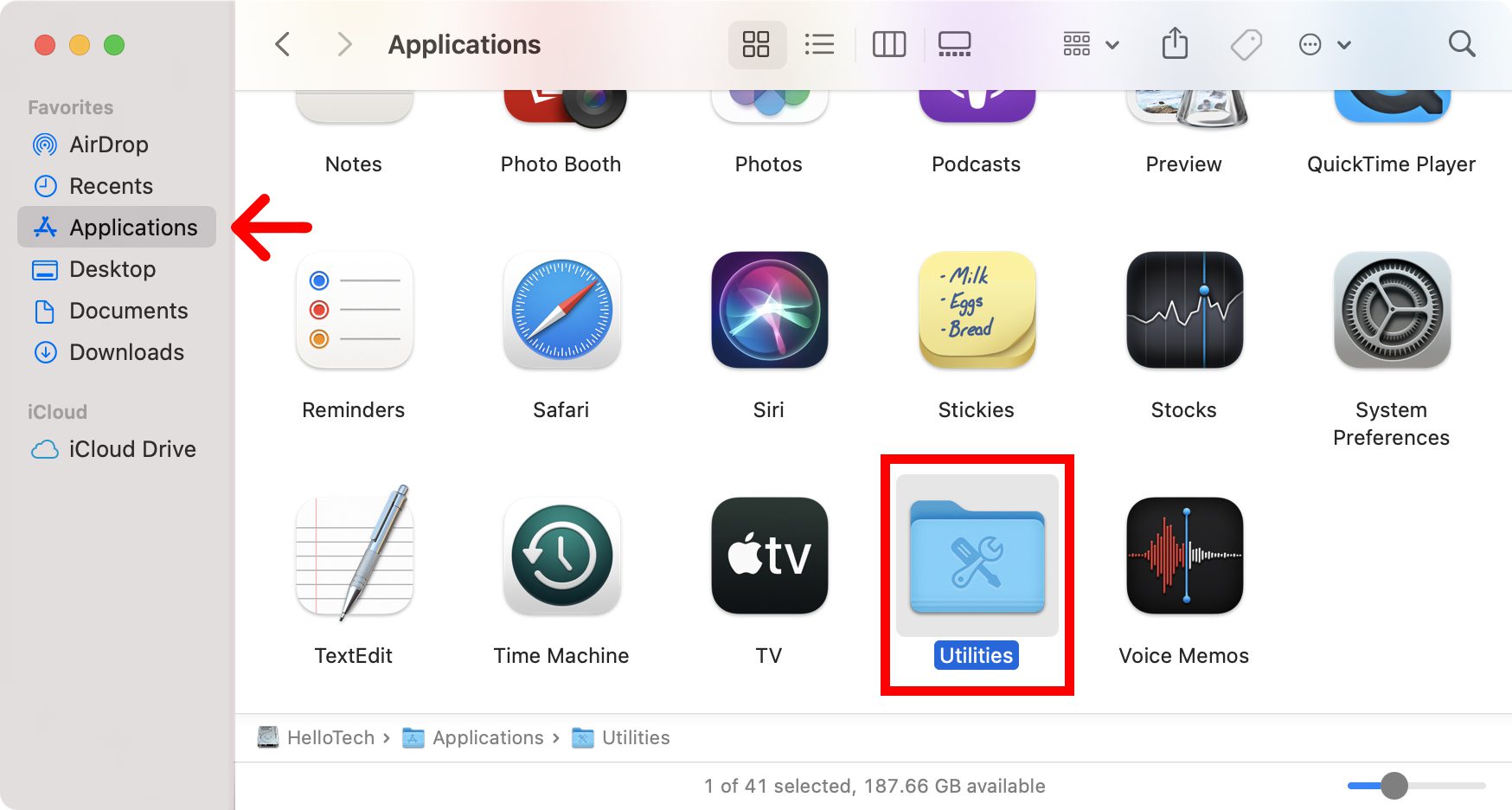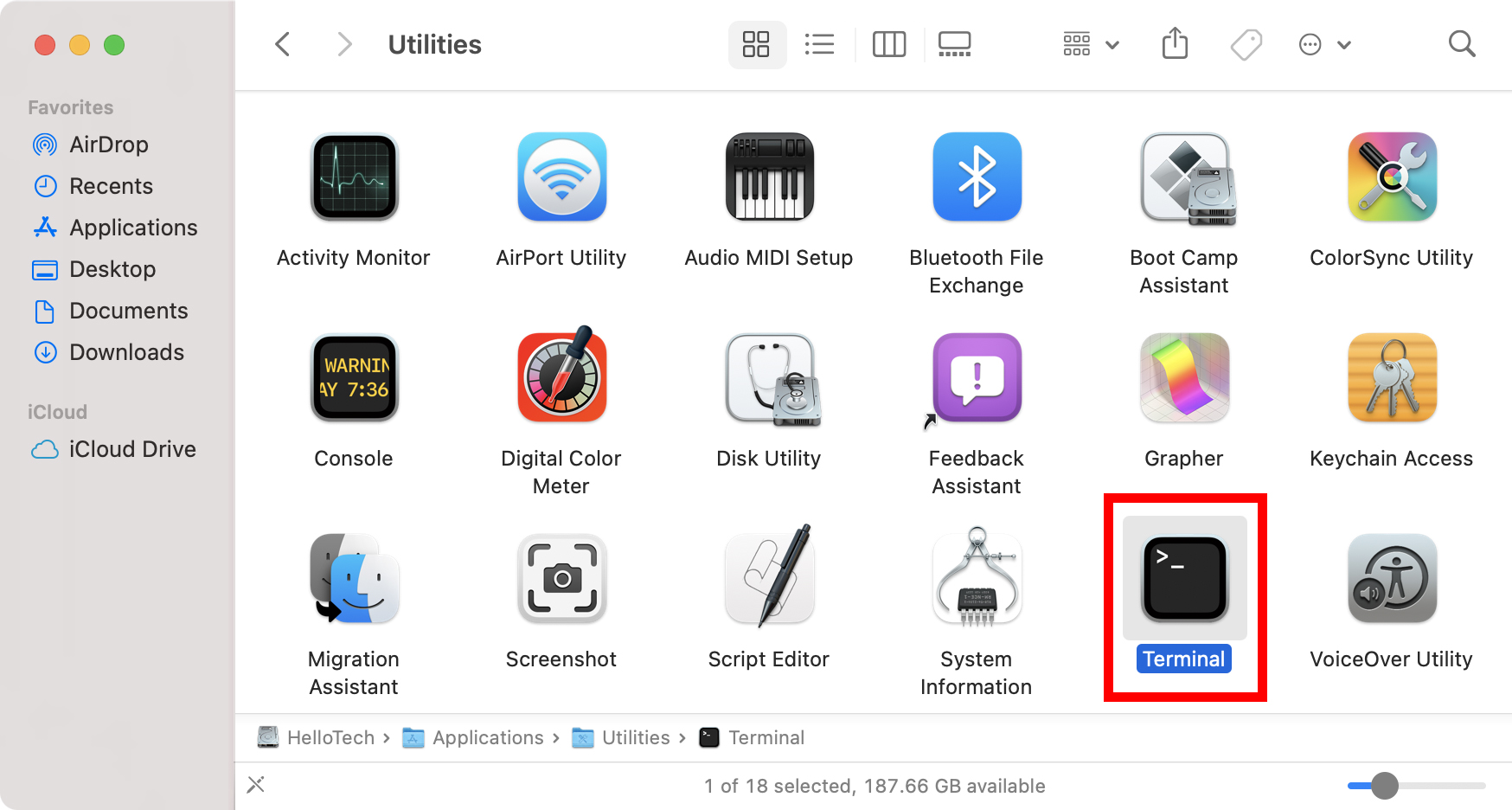How To Run Tracerout On Mac
Sometimes, you may find it difficult to access certain websites or you may not be able to link to them. When that happens, your first instinct is to call your web service provider and ask them what caused the problem. However, you can do a little slouching on your computer and find out the reason for it yourself. Here’s how to enable treasure root on mac to find out if your internet is slowing down.
What is Traceroute?
Traceroot is a command line utility used to troubleshoot network connectivity issues. It’s like a map showing how data travels from your computer to the Internet and what stops at each point.
Whenever you access the Internet on the Internet, your data travels from your device to your router. The data is then sent to other routers (or servers) around the world. Each time your data is sent to a new router, it is called a hop. Enabling Traceroot you can see all the hops your data generates and how long it takes between each hop. This way, you will know where your network problems are coming from.
Running a traceroot on your Mac will also notify you of your network delay. Delay is a measure of how long it takes for data to travel from your device to the Internet or server. If you are only worried about network delays, check out our step-by-step guide How To Test Bing On Mac.
How To Run Tracerout On Mac
To enable Tracerout on Mac, open the terminal application and type Wipe Follow the space and website or IP address you want to test. Then press Enter on your keyboard and wait for the trashroot to finish.
Remember to run the tracerout on the computer and you will have difficulty accessing the website while it is happening. Otherwise, you may have to wait until you encounter the problem to use Tracerroot effectively.
- Open the Applications folder on your Mac. You can do this by clicking on the half blue, half gray gray face icon in your dock. Look for the Applications folder in the left sidebar of the Finder window. Or click and press anywhere on your desktop Command + Shift + A Simultaneous keys on your keyboard.
- Then open the application folder.

- Next, open the terminal application.

- Then type Wipe A website or IP address following a break. For example, you can enter Traceroot 8.8.8.8 to test your connection Google’s DNS servers. Or you can type traceroute hellotech.com or any other website to test your connection with that website.
- Finally, press Enter on your keyboard and wait for the traceroute results. When you look at your Mac’s name after the numbered traceroot results you will know that the traceroot is complete.

How To Read Your Traceroot Results On Mac
To see your traceroot results, check Rotation Rates (RTTs) at each hop. If you see hops that are longer than 100 milliseconds (ms), it may indicate a network problem. To see where your connection might be disconnected, see if there are any error messages.
Traceroute results on your Mac can be divided into multiple rows and three columns:
- Number of hops: The first column of your TreasureRoot results indicates how many routers the Tracerout command was able to query. The first line may be your local router, which usually has an IP address starting with 192.168 or 10.0. In the next few hops in the middle, routers from smaller regional Internet service providers (ISPs) or larger tier 1 ISPs will execute the request closer to the source. Finally, the last line will be the target web server.
- Domain Name: The second column indicates the URL and IP address of the router that passed your request. In some cases, this may involve three-letter airport or geographical codes that identify the router’s location. Other times, it will only indicate the router’s IP address.
- Travel time: Round-trip travel times (RTT) are indicated in the third to fifth columns. RTT tells you in milliseconds how long it takes for your request to travel from source to destination and then return to its original location. RTT is an indicator of how fast and reliable your network connection is. In the traceroute results, you will see three RTTs, because the traceroute prompts each hop three times to ensure accuracy in measuring the average RTT.

You may see very different RTTs for some hops. However, you do not have to worry about any of them crossing 150ms. Any hops that take too long can indicate a network problem.
Also, if you see too much RTT in the first few hops, it could be due to a problem with your local network. Contact your local network administrator to confirm and fix the problem.
Common Traceroute Error Messages
If there is a problem with your network, the traceroot results will display error commands, which include request timeout, three stars in the RTT columns (***), Destination net inaccessible, and more.
- Three stars (* * *): If this happens at the beginning or in the middle, it should not be an issue until the remaining hops are successfully completed. However, if this occurs on the target server it indicates a problem and does not show the IP address or server name. This can be caused by a network failure, network congestion, or firewall intercepting traffic from your router.
- Could not reach goal: This means a pocket is dropped on the network. This may be due to incorrectly configured router settings or missing IP address.
- Request timed out: If you see this error message in the first few hops, you can ignore it. Some routers are not configured to respond to traceroot requests. However, if this happens during the last few hops, it could be a firewall blocking the request on the target, a return path problem, or a computer-related connection problem.

To stop the traceroute at any time, press it Control + c Simultaneous keys on your keyboard.
If you are still experiencing internet problems, the problem may be due to your network. See our article Why my wifi is slow Learn more.


Comments